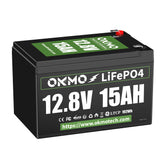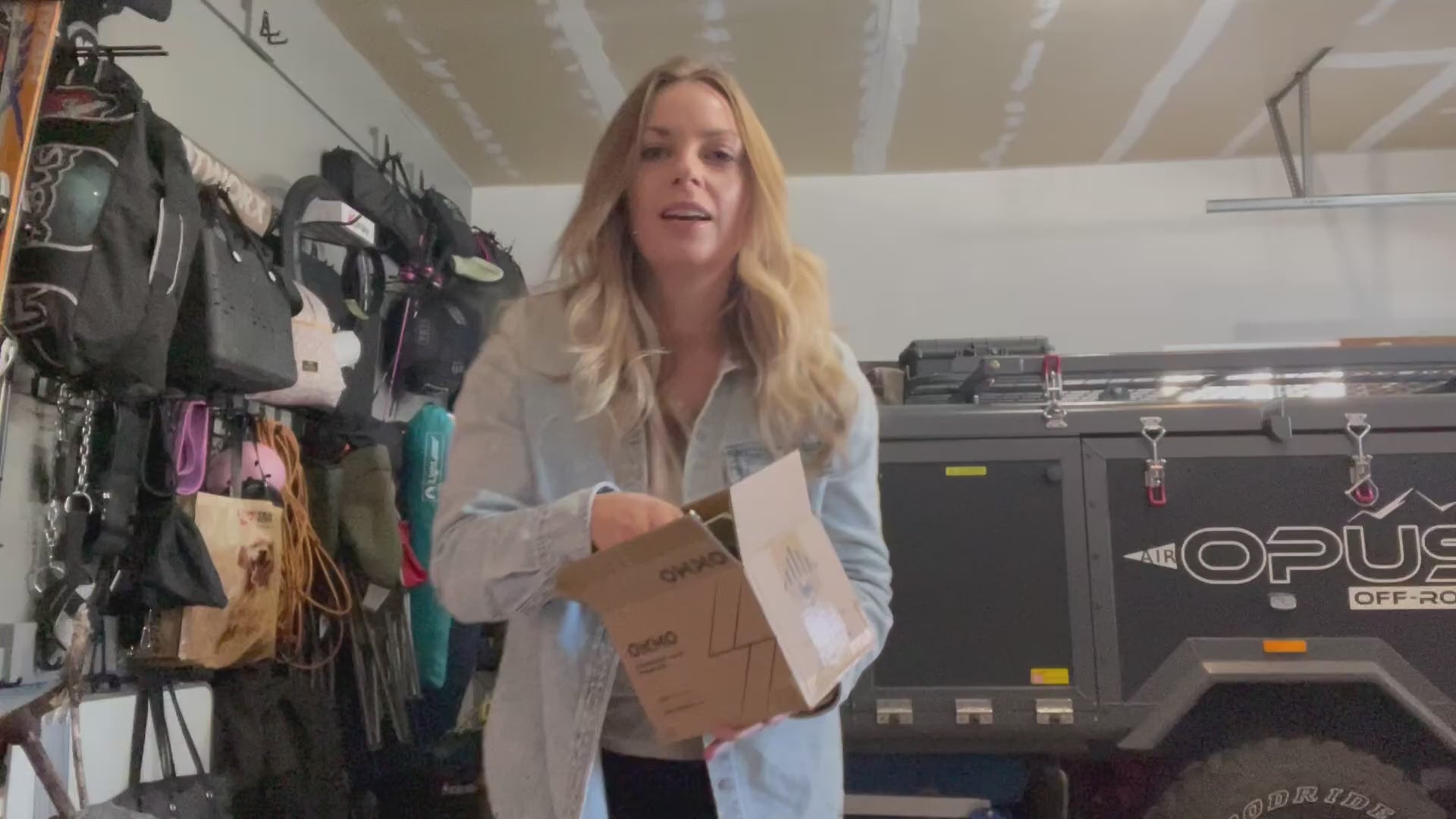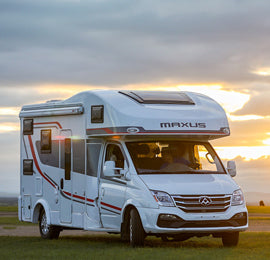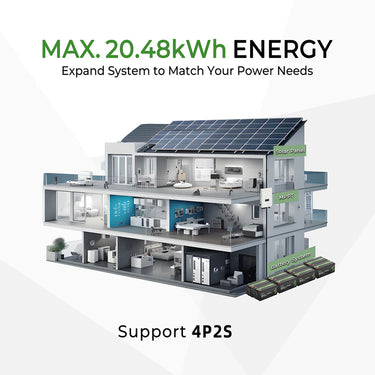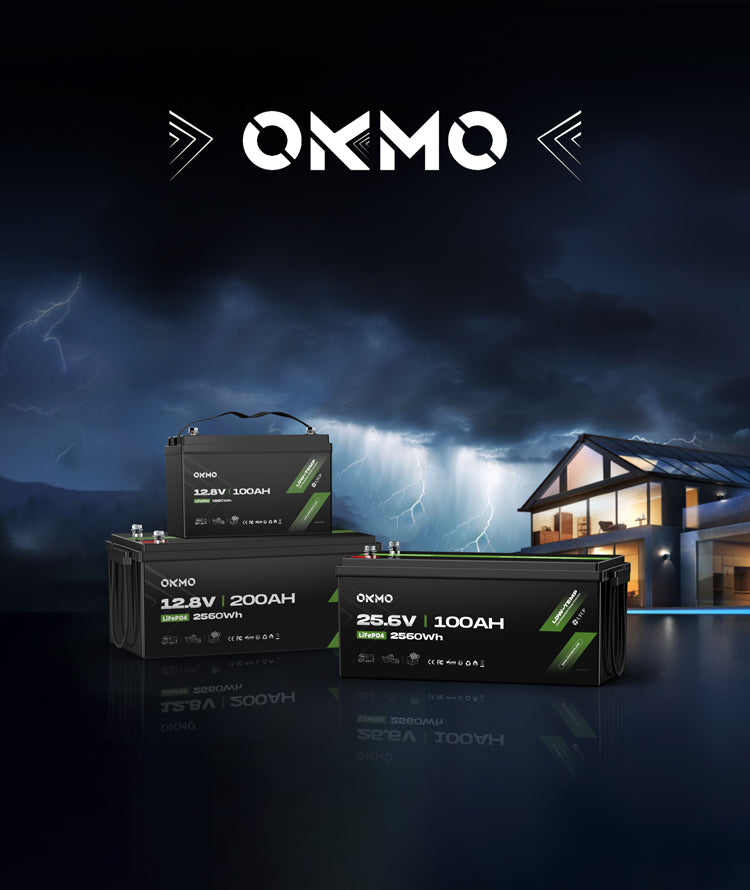Marine Battery Selection Guide: Cranking Battery vs. Deep Cycle Battery – Powering Your Vessel for the Long Haul
 Cruising the open waters is the dream of every boat owner. But if your battery fails at a critical moment, even the most beautiful voyage can turn into a nightmare. Understanding the core differences between marine cranking batteries and deep cycle batteries, and mastering the secrets to selecting the right deep cycle battery, are key to ensuring every trip is safe and enjoyable.
Cruising the open waters is the dream of every boat owner. But if your battery fails at a critical moment, even the most beautiful voyage can turn into a nightmare. Understanding the core differences between marine cranking batteries and deep cycle batteries, and mastering the secrets to selecting the right deep cycle battery, are key to ensuring every trip is safe and enjoyable.
I. Core Mission: Radically Different Roles
-
Marine Cranking Battery (MCA Battery):
-
Primary Task: Deliver massive bursts of current instantly. Its sole purpose is to deliver hundreds of amps of powerful current to the starter motor the moment you turn the key, cranking the engine until it starts running.
-
Operating Mode: "The Sprinter." Each start requires only a few seconds of very high-intensity discharge (deep discharge), followed by immediate rapid recharging by the boat's alternator, ready for the next start. It rarely experiences deep discharge cycles.
-
Structural Features: To maximize instantaneous discharge power, it uses many thin and numerous lead plates internally. This provides a large surface area for rapid chemical reactions to release current. However, these thin plates are prone to warping and shedding active material during deep discharges.
-
Key Specifications:
-
Cold Cranking Amps (CCA): The most important metric! Measures the number of amps a battery can deliver at 0°F (-18°C) for 30 seconds while maintaining a voltage above 7.2V. Higher numbers indicate better cold-weather starting ability.
-
Marine Cranking Amps (MCA): Typically higher than CCA. Measures the number of amps a battery can deliver at 32°F (0°C) for 30 seconds while maintaining a voltage above 7.2V. More representative of typical marine operating temperatures.
-
Reserve Capacity (RC): Secondary metric. Indicates the number of minutes a battery can deliver 25 amps before its voltage drops to 10.5V. Provides limited "buffer" time.
-
-
-
Deep Cycle Battery:
-
Primary Task: Provide stable, sustained power output. It's responsible for powering all non-starting DC appliances on board with a steady "flow" of electricity, such as: sound systems, navigation equipment (GPS, fish finders), windlasses, bilge pumps, lighting, refrigerators, electric trim/tilt systems, etc.
-
Operating Mode: "The Marathon Runner." Designed to endure multiple, slow, deep discharge cycles (typically down to 50%-80% of its capacity), followed by a full recharge. It must withstand the repeated expansion and contraction of active material without failing.
-
Structural Features: Internally uses fewer but thicker lead plates, often with special alloys (like calcium) or designs (like AGM separators, gel electrolytes). Thicker plates better withstand deep cycling, reducing active material shedding and plate corrosion, leading to longer life.
-
Key Specifications:
-
Amp-Hour Capacity (Ah): The most important metric! Indicates the total current (in amp-hours) a fully charged battery can deliver under specific conditions (usually a 20-hour rate) down to the cutoff voltage (typically 10.5V). For example, a battery labeled
100Ah @ 20Hrcan deliver 5 amps (100Ah / 20Hr = 5A) continuously for 20 hours down to 10.5V. Higher numbers mean greater storage capacity and longer runtimes for devices. -
Cycle Life Rating: Indicates the number of complete charge/discharge cycles (at a specific Depth of Discharge - DoD, e.g., 50% DoD) the battery can endure before its capacity drops to 80% of its rated value. This directly relates to the battery's lifespan.
-
Reserve Capacity (RC): Also applicable, but secondary in importance to Ah capacity for deep cycle applications.
-
-
 II. Choosing the Right Deep Cycle Battery for Your Vessel: Key Considerations
II. Choosing the Right Deep Cycle Battery for Your Vessel: Key Considerations
Selecting a deep cycle battery for your "home on the water" requires careful consideration, just like choosing core equipment:
-
Accurately Calculate Power Needs (Ah):
-
List Power Consumers: Detail all devices relying on the deep cycle battery (e.g., fish finder, VHF radio, pumps, lighting, stereo, fridge, etc.).
-
Determine Power Draw: Check manuals or labels for each device's operating current (Amps, A). Note that some devices (like fridges) cycle on/off; estimate their average current or "duty cycle."
-
Estimate Usage Time: Plan the total runtime hours for these devices per outing (or between charges). Consider worst-case scenarios (e.g., overnight anchoring with lights/fridge running).
-
Calculate Total Consumption:
Total Consumption (Ah) = Device1 Current (A) * Runtime (Hr) + Device2 Current (A) * Runtime (Hr) + ... -
Include Critical Safety Margin (Crucial!): Never discharge the battery to 100%. Deep discharges drastically shorten its life. Aim for a Depth of Discharge (DoD) of 50%. Therefore:
Required Total Battery Capacity (Ah) = Total Consumption (Ah) / Target DoD
Example: Total Consumption = 50Ah, Target DoD = 50% (0.5), Required Capacity = 50Ah / 0.5 = 100Ah.
-
-
Determine Battery Type: Mainstream Options & Characteristics
-
Flooded/Wet Lead Acid:
-
Pros: Lowest cost, mature technology.
-
Cons: Require regular checking and topping up with distilled water; produce hydrogen/oxygen gas during charging (needs ventilation); acid can spill (especially in rough seas); cannot be placed on side; higher self-discharge rate; relatively shorter deep cycle life.
-
-
Valve-Regulated Lead Acid (VRLA):
-
AGM (Absorbent Glass Mat):
-
Pros: Mainstream recommendation for marine deep cycle! Maintenance-free (no watering); sealed and leak-proof (can mount in any position except inverted); highly vibration resistant; high charge acceptance (charges faster); low self-discharge; good cold-temperature performance; significantly longer cycle life than flooded.
-
Cons: Higher cost than flooded; very sensitive to overcharging (requires compatible charger).
-
-
Gel:
-
Pros: Maintenance-free; sealed and leak-proof; better high-temperature tolerance than AGM; very low self-discharge; long cycle life.
-
Cons: Usually the highest cost; extremely strict charging voltage requirements (overcharging easily causes permanent damage); slower charging; weaker high-current discharge capability in cold temps (slightly worse cranking than AGM, but excels at deep cycling).
-
-
-
Lithium-Ion (LiFePO4 - Lithium Iron Phosphate):
-
Pros: Extremely lightweight (~1/3 the weight of lead-acid for same capacity); high usable capacity (DoD up to 80%-90%, even 100%); exceptionally long cycle life (thousands of cycles); extremely fast charging; very low self-discharge; virtually maintenance-free.
-
Cons: High initial cost; requires a dedicated lithium charger and Battery Management System (BMS); charging performance limited at low temperatures (usually cannot charge below 0°C/32°F); poor compatibility with existing lead-acid charging systems. The future trend, but requires system investment.
-
-
-
Physical Size & Installation Space:
-
Measure the available space in your battery compartment (L x W x H). Deep cycle batteries come in standard sizes (Group 24, 27, 31, etc.). Ensure the chosen battery fits securely, allowing space for connections, ventilation, and heat dissipation. Group 31 is a common larger marine size.
-
-
Budget Considerations:
-
Weigh initial cost against total cost of ownership (TCO) while meeting capacity and performance needs. Though AGM costs more than flooded upfront, its longer life, maintenance-free nature, and better reliability often make it more cost-effective long-term. LiFePO4 has the highest initial cost, but its ultra-long life and superior performance can be economical for frequent, high-demand use over time.
-
 III. Cranking Battery vs. Deep Cycle Battery: The Golden Rule - Never Confuse Them
III. Cranking Battery vs. Deep Cycle Battery: The Golden Rule - Never Confuse Them
-
Dedicated Purpose: Never use a cranking battery to power house loads long-term. Its thin plates will be quickly damaged by deep discharges. Avoid using a deep cycle battery for engine starting (unless it's a dual-purpose type) – its burst power is usually insufficient, and multiple attempts can cause overheating damage.
-
The Dual-Battery System is King: For most boats with an engine and house loads, strongly recommend installing independent cranking and deep cycle battery banks, connected via a battery isolator or automatic charging relay (ACR/ML-ACR). This ensures:
-
The cranking battery always has sufficient power to start the engine (even if the deep cycle is depleted).
-
The alternator can charge both batteries simultaneously while the engine runs.
-
Only the deep cycle battery is drained when using appliances at anchor, protecting the cranking battery.
-
-
The Compromise of "Dual-Purpose" Batteries: Some batteries claim both cranking and deep cycle capabilities (usually high MCA plus an Ah rating). They are slightly more deep-cycle tolerant than pure cranking batteries but far inferior to dedicated deep cycle batteries. Suitable only for very small boats with minimal electrical loads and severe space/budget constraints. For demanding applications, dedicated batteries remain more reliable and longer-lasting.
 IV. Secrets to Deep Cycle Battery Longevity: Maintenance & Charging
IV. Secrets to Deep Cycle Battery Longevity: Maintenance & Charging
-
Matched Smart Charger: Use a multi-stage smart charger specifically designed for your battery type (Flooded/AGM/Gel/Lithium). Correct charging algorithms (Bulk, Absorption, Float) are crucial for battery life, especially for sensitive AGM, Gel, and Lithium batteries.
-
Recharge Promptly: Recharge the battery to full as soon as possible after each use. Leaving it in a partially charged state (especially deeply discharged) accelerates sulfation, drastically shortening lifespan.
-
Keep Clean & Secure: Periodically check terminals (especially on flooded), clean corrosion (use baking soda/water solution), and ensure connections are tight and secure. Loose connections cause heat, voltage drop, and fire risk.
-
Maintain Charge (Long-Term Storage): If storing the boat long-term (e.g., winter), first fully charge the battery, then:
-
For Lead-Acid (Flooded/AGM/Gel): Disconnect the negative terminal and use a smart maintainer/float charger, or top up the charge every 1-2 months.
-
For Lithium: Typically store at 50%-80% charge (check manufacturer specs) and periodically check voltage (e.g., every 3-6 months).
-
-
Temperature Management: Heat is the battery's enemy, accelerating internal reactions and water loss (flooded). Install batteries in cool, ventilated locations whenever possible. Extreme cold temporarily reduces capacity (especially lead-acid) but doesn't cause permanent damage (unless freezing occurs).
 Conclusion: Choose Wisely, Sail Smoothly
Conclusion: Choose Wisely, Sail Smoothly
Understanding the cranking battery's "burst power" and the deep cycle battery's "endurance" is the first step to mastering marine electrical power. By accurately calculating your power needs (Ah), understanding the pros and cons of different battery types (especially mainstream AGM), and selecting the right capacity and size deep cycle battery based on budget and space, you'll build a trustworthy energy backbone for your vessel. Remember, "dedicated purpose" and a "dual-battery system" are the cornerstones of safety and reliability, while scientific maintenance and charging are the keys to extending battery life and ensuring smooth sailing on every voyage. With this knowledge, every departure onto the vast ocean will be filled with confidence and anticipation!
